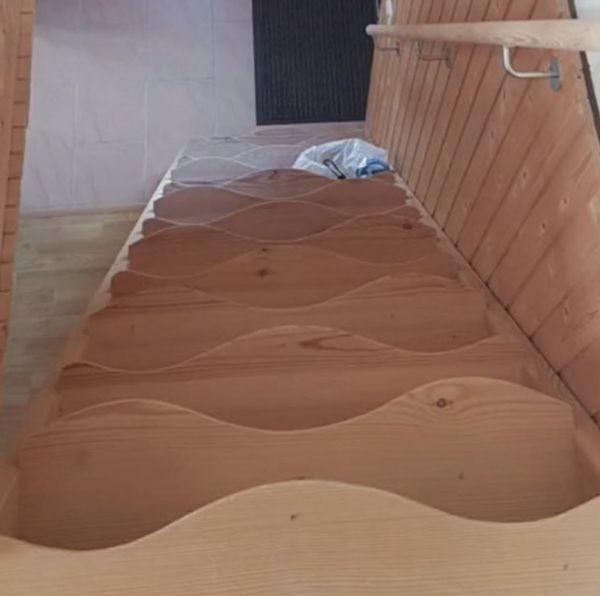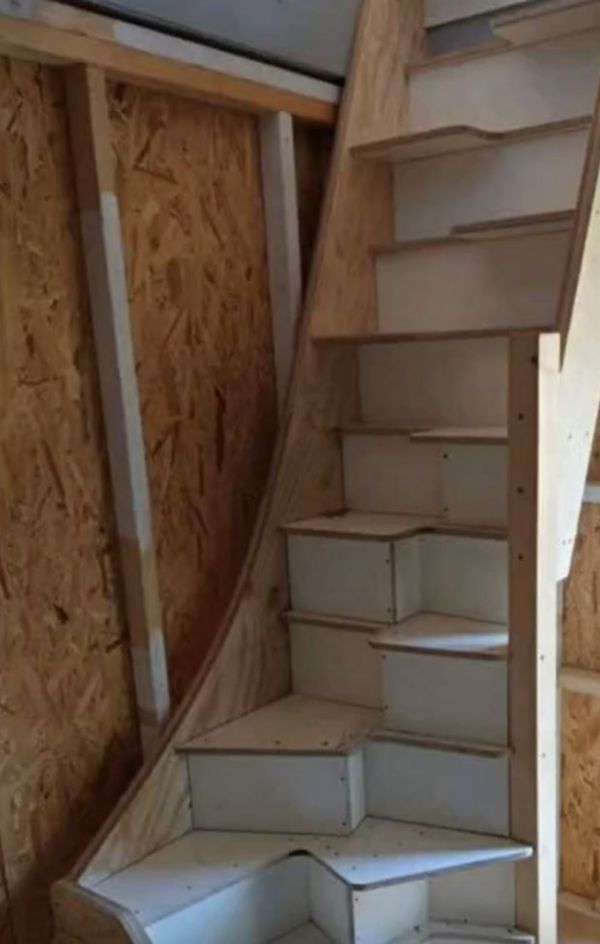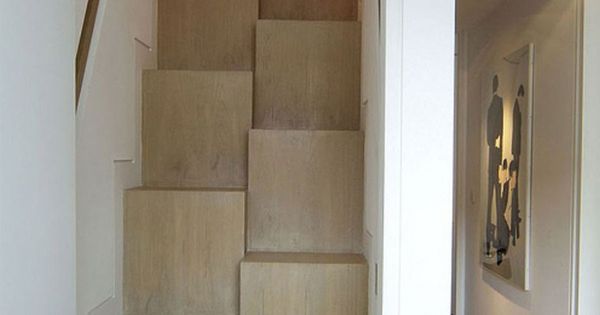Did you know that witches’ stairs are not as spooky as their name may suggest? In fact, these unique architectural features have gained popularity in recent years for their practicality and aesthetic appeal. So, what exactly are witches’ stairs and why are they becoming a popular choice, especially in homes with limited space?

The Surprising Purpose of Witches’ Stairs
Often found in attics, lofts, and tiny houses, witches’ stairs, also known as “alternate tread stairs,” offer a surprisingly useful solution to save space. Unlike traditional stairs, each step is half as wide and staggered. This design combination creates a narrower staircase, making it an ideal choice for homes where space is a valuable commodity.

But that’s not all. Despite their smaller size, witches’ stairs can also provide additional storage space for books or a platform to display precious items. They merge functionality and design seamlessly, as Scott Schuttner, the author of “Basic Stairbuilding,” explains, “the distance between treads on a given side of an alternating-tread stair is actually twice the unit rise, which gives you more free tread area and therefore a safer stair in theory.”
Meeting Safety Standards
Contrary to popular belief, witches’ stairs meet building codes and safety standards in the United States. While a standard staircase is three feet wide, a residential witches’ staircase typically ranges between 27 and 30 inches wide. So, rest assured, you don’t have to worry about sacrificing safety for the sake of saving space.

The Origins and Debunking Misconceptions
The concept of witches’ stairs dates back to 1985 when an entrepreneur named J.M. Lapeyre patented a metal version of this innovative stair alternative. Originally intended as a safe substitute for ladders in tight spaces, witches’ stairs found their way into commercial settings, warehouses, commercial ships, and even oil rigs. They are known by other names such as ship stairs or ship ladders, all highlighting their versatility and practicality.






